Find Out 7 Signs Of Too Much Chlorine In Hot Tub
Too much chlorine in your hot tub? This guide covers symptoms, solutions, and tips to keep your water clean and comfortable.
Find out the 7 signs of too much chlorine in your hot tub so you can enjoy a safe, comfortable soak.
Frustrated by a strong chemical smell, faded swimwear, or irritated skin after using your hot tub? Excess chlorine might be the culprit. Don’t worry – we’ll walk you through the tell-tale signs, solutions for lowering chlorine levels, and best practices to keep your hot tub water balanced and comfortable.
How High Chlorine Affects Your Body
- Does my hot tub water cause skin irritation or rashes? Yes, absolutely. High chlorine levels strip your skin of its natural oils, leading to dryness, itchiness, and even rashes. Chlorine rash often appears as red, bumpy patches that can be uncomfortable.
- Could my hot tub be the reason my eyes are itchy and red? Definitely. When chlorine levels are elevated, the water’s pH becomes imbalanced. This irritates the delicate membranes of your eyes, causing redness, burning, and itchiness.
- Can high chlorine levels in a hot tub make me feel sick? Unfortunately, yes. Excess chlorine can off-gas, creating fumes called chloramines. Inhaling these can lead to nausea, coughing, wheezing, and in severe cases, shortness of breath.
- Is there a connection between hot tub use and strange smells or breathing difficulties? Yes, a strong “chlorine” smell doesn’t actually mean your chlorine level is high. It usually indicates the presence of chloramines. These are the result of chlorine binding with contaminants, making it ineffective as a sanitizer and causing irritation to skin, eyes, and respiratory system.
Feel free to use our Hot Tub Chemical Dosage Calculator.
Important Notes:
- Individual Sensitivity: Reactions to high chlorine levels vary. Some people are more sensitive than others.
- Chlorine vs. Chloramines: Learn to distinguish the smell of active chlorine (faint, slightly sweet) from the harsh, bleach-like odor of chloramines.
- Beyond Chlorine: High levels of other hot tub chemicals can also cause similar symptoms. Proper water testing is crucial to pinpoint the issue.
[wps_alert type=”note”]If you’re experiencing any of these symptoms after using your hot tub, it’s a strong indication there might be too much chlorine or a chemical imbalance in the water.[/wps_alert]
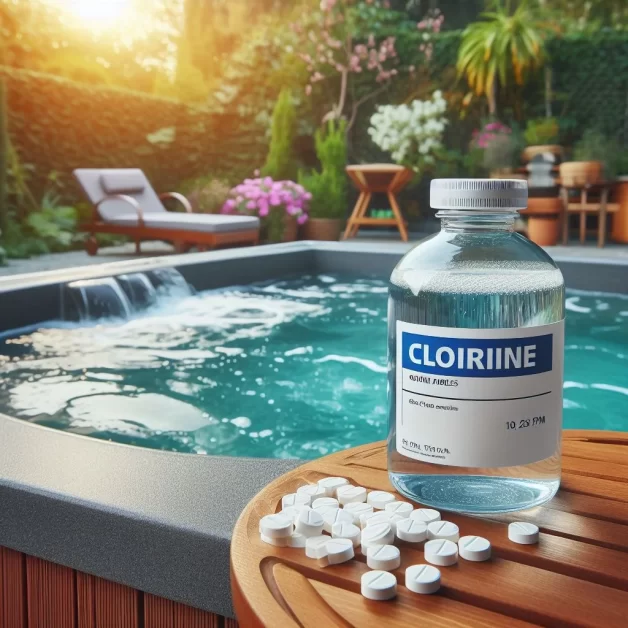
Signs of too much chlorine in a hot tub
These 7 Signs Of Too Much Chlorine In The Hot Tub:
- Irritated eyes and skin:
- People may experience itching, redness, or stinging in their eyes or skin if the chlorine levels in the hot tub are too high.
- Strong odor:
- A robust and overpowering chlorine smell is a sign that there may be excessive chlorine in the water.
- Green or cloudy water:
- Chlorine can react with other substances in the water to form compounds that cause the water to turn green or cloudy, indicating that the chlorine levels are too high.
- Dry, itchy skin:
- If the skin feels dry, tight, or itchy after soaking in the hot tub, there may be too much chlorine in the water.
- Respiratory problems:
- Breathing at high chlorine levels can cause respiratory irritation, coughing, and wheezing.
- Corrosion of metal fixtures:
- Excessive chlorine levels can cause corrosion of metal fixtures and equipment in the hot tub, such as the heater, jets, and pumps.
- Discoloration of swimwear:
- Chlorine can cause swimwear to fade or become discolored, which is another sign that chlorine levels in the hot tub may be too high. Check out Chlorine Shock for Hot Tub: Why, When, and How to Do It.
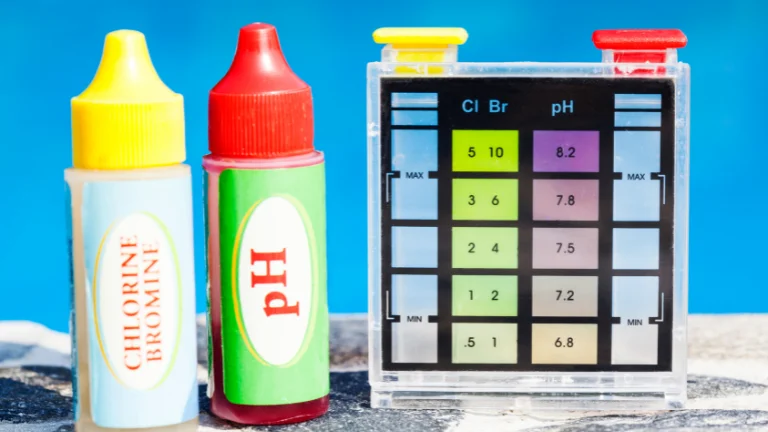
Troubleshooting: Solutions for High Chlorine
Reduction and Testing
- How can I quickly lower the chlorine levels in my hot tub? Several methods exist:
- Natural Reduction: Leave the cover off and allow sunlight to break down chlorine. Drain and partially refill with fresh water if needed.
- Chlorine Neutralizer: Commercial products containing sodium thiosulfate rapidly reduce chlorine. These require careful dosing based on testing.
- Time: Simply refrain from adding more chlorine and let levels gradually decrease over a day or two, keeping the hot tub uncovered.
- What’s the most effective way to get rid of excess chlorine? The “best” way depends on urgency. Natural reduction is safest for your hot tub but can be slower. Neutralizers work quickly but require careful handling.
- If my chlorine is high, what immediate steps should I take? Stop adding any sanitizers and remove the hot tub cover. If levels are significantly high, consider a partial drain and refill. Always retest before using your hot tub.
- How do I accurately test my hot tub’s chlorine levels? What types of tests are best?
- Test Strips: Quick and convenient, offering reasonable accuracy. Follow their instructions precisely.
- DPD Kits: Liquid reagent kits provide the most accurate chlorine readings, especially for discerning between free and combined chlorine (chloramines).
Check out Secrets of Hot Tub Maintenance: A Water Testing and Treatment.
Damage Concerns
- Can high chlorine levels cause damage to my hot tub’s internal components? Yes. Consistently high chlorine accelerates corrosion of metal parts like jets and heating elements, and it can degrade rubber seals and gaskets, leading to leaks.
- Will excess chlorine ruin my hot tub’s jets, filters, or other parts? It can shorten their lifespan. Chlorine causes materials to become brittle and crack. Filters might clog faster due to chemical residue buildup.
- Are there any long-term effects of high chlorine on my hot tub’s overall lifespan? Yes. Chronic high chlorine creates a harsh environment for hot tub components, meaning you’ll likely face repairs or replacements sooner than with proper chemical maintenance.
[wps_alert type=”primary”]Important Tip: Alongside regular testing, shock your hot tub according to the manufacturer’s instructions for your chosen sanitizer to help prevent chlorine-related issues.[/wps_alert]

Prevention: Proactive Measures for a Healthy Hot Tub
- How much chlorine should I really be adding to my hot tub? This depends on several factors:
- Hot Tub Size: Refer to your hot tub manual for the correct water volume. Dosing instructions on sanitizer products assume a certain number of gallons.
- Bather Load: The more people use the hot tub, the faster chlorine gets depleted. You may need to adjust dosage after heavy use.
- Sunlight Exposure: UV rays break down chlorine, so outdoor hot tubs might need more frequent additions.
- What are the recommended safe chlorine levels for a hot tub? Generally, aim to maintain free chlorine between 3-5 ppm (parts per million). Anything higher runs the risk of causing the issues discussed earlier.
- Are there any good alternatives to chlorine for sanitizing my hot tub? Yes! Here are some popular options:
- Bromine: Gentler on the skin but slightly less effective in very hot water.
- Biguanide (PHMB): Effective sanitizer, but requires specialized care and can be more expensive.
- Mineral Systems: These use minerals like copper and silver to assist your sanitizer, potentially reducing the amount of chlorine or bromine needed.
- Besides chlorine, what other chemicals do I need to balance my hot tub water?
- pH Adjusters: Keeping pH balanced (around 7.2 – 7.8) ensures chlorine works effectively and prevents scaling or corrosion.
- Total Alkalinity (TA): Helps stabilize your pH, preventing wild swings.
- Calcium Hardness: Protects hot tub surfaces, especially if you have soft water.
- How often should I be testing and adjusting my hot tub chemicals?
- Ideal: Test your hot tub water 2-3 times per week, and before each use.
- Minimum: Test at least once a week, even if the hot tub isn’t used frequently.
Check out 8 Eco-Friendly Chemical Alternatives for Hot Tub Care.
[wps_alert type=”success”]Key Takeaway: Prevention is always easier than fixing problems! Regular testing and proper chemical care will keep your hot tub water healthy and enjoyable, minimizing the risks of high chlorine irritation.[/wps_alert]
[wps_youtube url=”https://youtu.be/8c1c7TG45no” responsive=”yes” autoplay=”no”]
How to Use Hydrogen Peroxide to Lower Chlorine in Hot Tubs
If you find your hot tub’s chlorine levels are too high, hydrogen peroxide offers a solution. It acts as an oxidizer, helping to break down excess chlorine and reduce the amount you’re exposed to while soaking.
Important: Use food-grade hydrogen peroxide (usually 3%) and add it in small amounts, testing the water afterward. While effective, it shouldn’t replace regular chlorine monitoring.
The Dangers of High Chlorine
- Hot Tub Damage: Consistently high chlorine levels can corrode metal parts, degrade seals, and shorten the lifespan of your hot tub’s components.
- Health Concerns: Excessive chlorine irritates skin and eyes, and the fumes can cause respiratory issues. Strong chemical smells and skin reactions are telltale signs.
Understanding Chlorine’s Role
Chlorine is essential for hot tub sanitation. It kills bacteria, algae, and other contaminants that can make you sick or cloud your water. The goal is a safe balance – enough chlorine to disinfect, but not so much that it becomes a problem itself.
When & How to Add Chlorine
- After Heavy Use: If many people have used the hot tub, add chlorine and test before the next use.
- Regular Maintenance: Add chlorine according to your product instructions and hot tub size, testing the water 2-3 times per week.
- Automatic Chlorinators: For convenience, consider a salt chlorinator, but still, test regularly to ensure proper function.
Signs You Need More Chlorine
- Cloudy/Hazy Water: This indicates poor sanitation. Shock your hot tub, then adjust chlorine levels.
- Musty Odors: Unpleasant smells mean bacteria might be present. Test and add chlorine as needed.
- Algae Growth: Green or slimy patches require immediate action. Shock the hot tub and address any underlying chemical imbalances.
Check out Hot Tub Chemicals for Sensitive Skin.
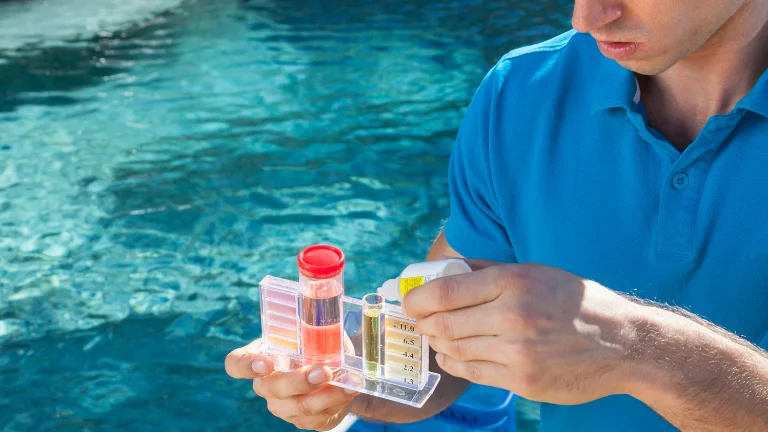
What is a chlorinator?
A chlorinator is a device that uses salt to produce chlorine for sanitizing the water in a hot tub or a pool. It consists of a controller and a cell connected by a power cord.
The controller regulates the amount of chlorine the cell generates, which converts salt into chlorine through electrolysis. The chlorine then dissolves in the water, killing bacteria, algae, and other contaminants.
A chlorinator can reduce the need to add chlorine tablets or granules to the water, providing a more comfortable and natural-feeling soak.
Check Our Researched example Products:
1. Salt Chlorine Generator, Briidea Chlorine Generator for Hot Tubs & Swim Spas, Up to 2000 Gallons, Chemical-Free:
This compact and easy-to-install chlorinator can produce up to 10 grams of chlorine per hour. It has an automatic cleaning function that prevents calcium buildup in the cell. It also has an LED display that shows the chlorine level, salt level, water temperature, and working status.
2. Saltron Mini Salt System Drop-In Saltwater Chlorine Generator for Hot Tubs & Swim Spas – up to 2000 Gallons:
This simple and convenient chlorinator can produce up to 8 grams of chlorine per day. It has a self-cleaning function that reverses the polarity of the cell every few hours. It also has an indicator light that shows when the cell is working or needs to be replaced.
3. ControlOMatic SmarterSpa Saltwater Chlorine Generator with Automatic Chlorine Detection for Spas Up to 2000 Gallons:
This smart and advanced chlorinator can produce up to 30 grams of chlorine per day. An automatic chlorine detection function adjusts the chlorine output according to the water quality. It also has a boost mode that increases the chlorine level for a short time.
Check Products Here
As an Amazon Associate, we earn from qualifying purchases. This post may contain affiliate links, which means we may receive a small commission at no additional cost to you.
Common Queries:
Q: How can I lower chlorine levels in my hot tub naturally?
- Sunlight: Leave the cover off for several hours. UV rays break down chlorine.
- Time: If not in use, chlorine will dissipate naturally over a few days. Don’t add more during this time.
- Dilution: Partially drain and refill your hot tub with fresh water.
Important Note: “Natural” methods might not be suitable if chlorine levels are very high. Consider a chlorine neutralizer product (like sodium thiosulfate) for faster results.
Q: What chlorine level is considered too high in a hot tub?
- Ideal Range: Maintain free chlorine between 3-5 ppm (parts per million).
- Irritation Starts: Discomfort can begin above 5 ppm, particularly for sensitive individuals.
- Damage Potential: Levels consistently above 10 ppm can harm hot tub components.
Q: How much chlorine should I add to my hot tub?
- Start Small: It’s easier to add more than to remove excess chlorine. Follow product instructions based on your hot tub’s volume.
- Test Regularly: This is the best way to determine if adjustments are needed.
- Factors Matter: Bather load, sunlight, and sanitizer type all affect how much chlorine is used up.
Q: How should I store extra chlorine?
- Cool and Dry: Choose a dark, well-ventilated area away from heat and moisture.
- Airtight Container: The original container is usually best, but ensure it’s tightly sealed.
- Away from Chemicals: Store separately from other pool/hot tub chemicals to avoid reactions.
Q: How often should I check chlorine levels in my hot tub?
- Ideal: 2-3 times per week, and before each use.
- Minimum: At least once a week, even if the hot tub isn’t used.
- After Heavy Use: If many people have used the hot tub, test immediately afterward.
For additional information, visit Hot Tub Patio, or if you’re interested in reading reviews and guides for hot tubs, visit our Troubleshooting & Maintenance Guide.
Conclusion:
Remember, high chlorine levels in your hot tub don’t have to ruin your relaxation. By understanding the signs, solutions, and preventative measures, you can maintain a clean and comfortable hot tub. With the right knowledge and care, you’ll be back to enjoying those soothing soaks in no time.
Hot Tub Patio is your source for everything you need to create the perfect backyard oasis. Let us help you make the most of your hot tub! Is there a specific hot tub issue you’d like us to tackle next?










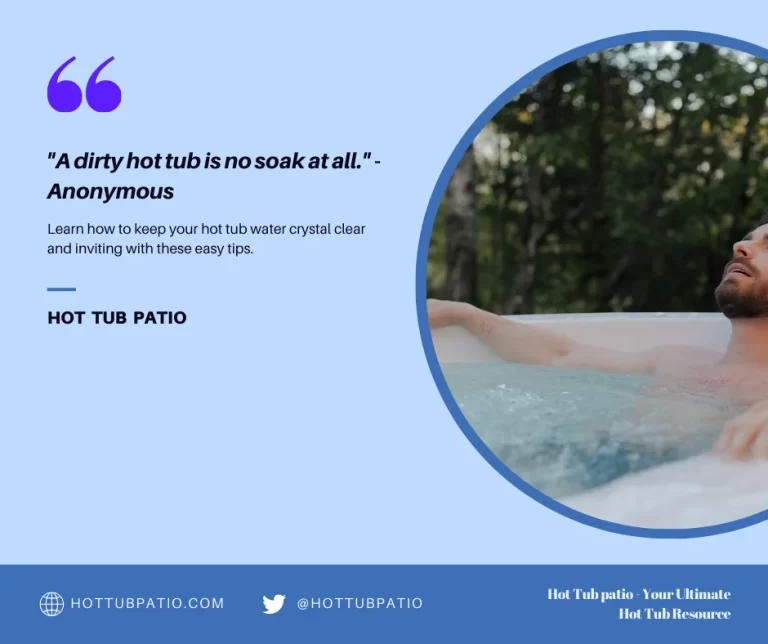
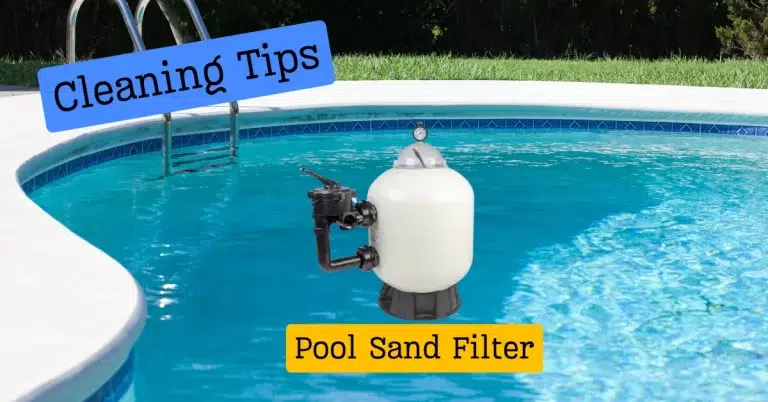

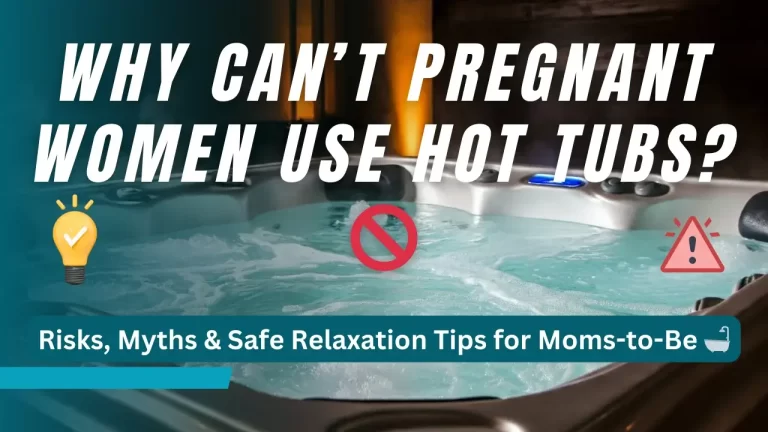


6 Comments